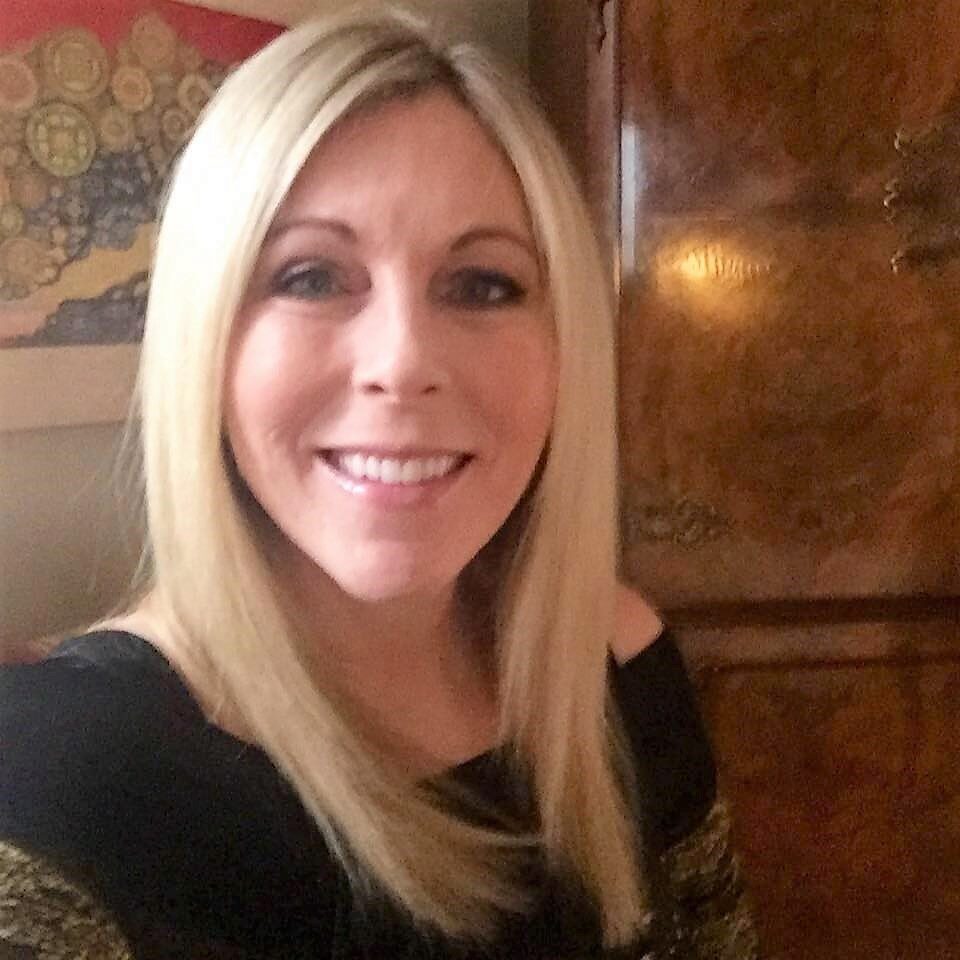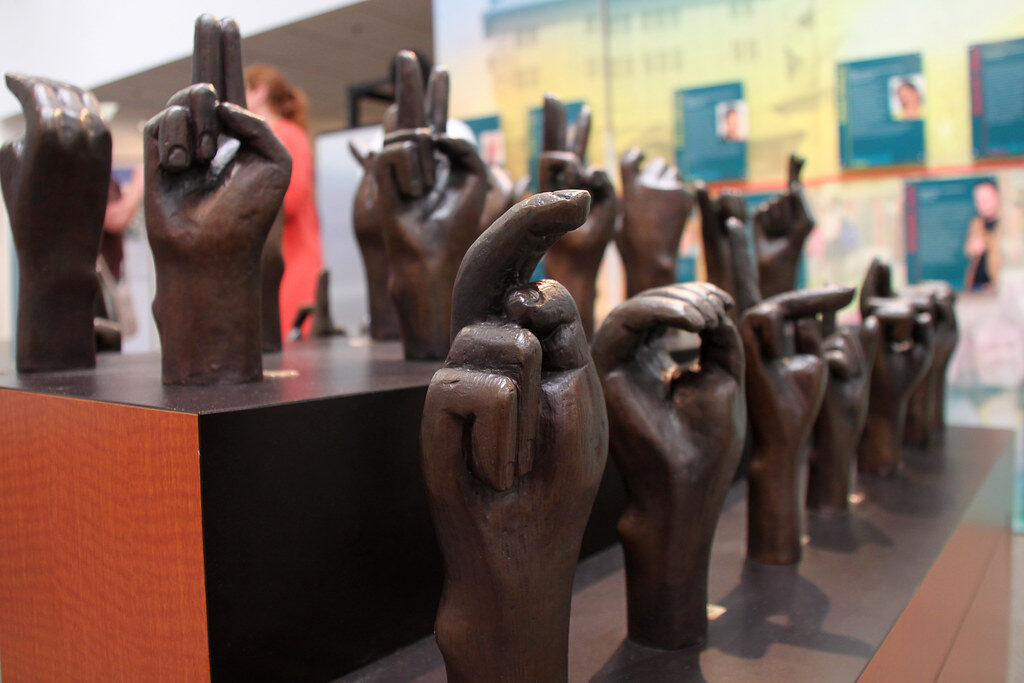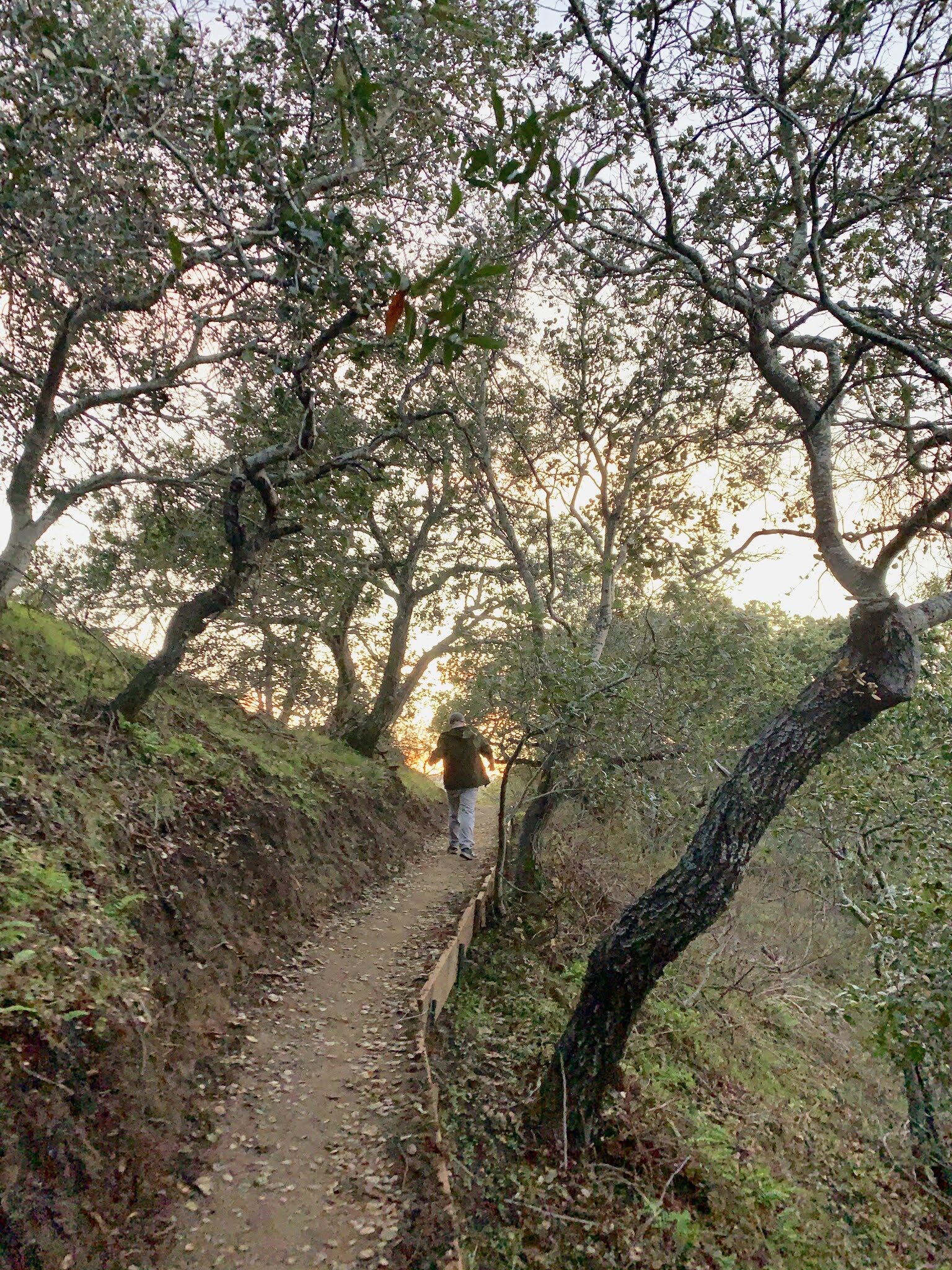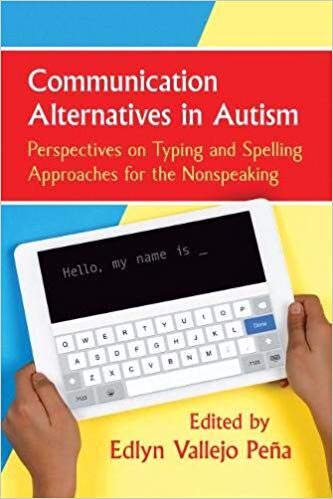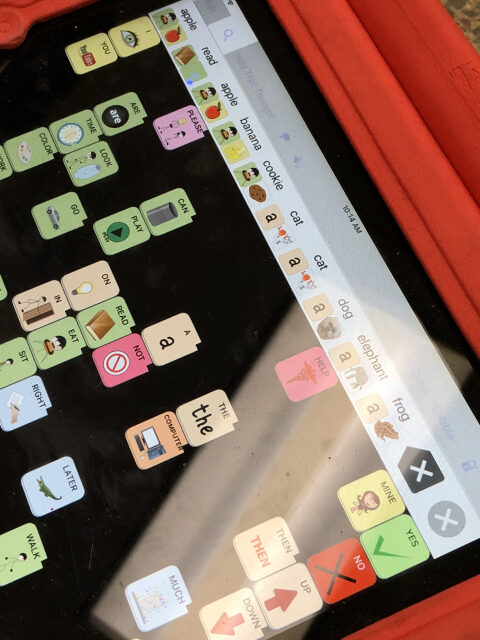If we say we need a piece of technology, enable that. If a meeting knows I need to use a chat facility for video, enable support for that so that I join in equally.
Tag: AAC
A small switch in behavior other people can make, to ease the author’s life as an autistic person, is to “Tell me what to expect in advance! Especially for unfamiliar events… and in more detail than you expect I’ll need.”
Jordyn Zimmerman’s story, as told in the new documentary This Is Not About Me, is an example of how non-speaking autistic people can blossom when communication becomes possible.
Photo © Shannon Des Roches Rosa [image: Orange and purple flowers among green leaves.] Cal Montgomery montgomerycal.wordpress.com twitter.com/Cal__Montgomery For Mel Baggs and Phil Smith, who knew, and know, communion with the wild places better than I can imagine. Do you remember how you learned to communicate? If you communicate pretty typically, odds are it wasn’t perfect, but it included something like: you reached out socially, and people reached back. You looked at them; they gazed adoringly back at you. You smiled; they smiled back and waved. “Hi, Baby! Hi! Oh, what a beautiful face!” You laughed; they reveled in your chortles and giggles and were silly in the hope that you would laugh again. You cried; they held you and comforted you and tried to figure out what was making you miserable. You called out at night; they pulled themselves out of exhausted slumber, scooped you up, and blearily cuddled…
After your loved one receives a diagnosis of Autism, people may bombard you with (possibly unsolicited) advice for next steps. One such step you may actually want to consider is to seek the services of a Speech-Language Pathologist (SLP).
When we are far more willing to believe in the capacity for communication of animals and aliens than we are in that of nonspeaking and intellectually disabled autistic people, and extend our research and creativity towards mutual understanding, no, I have to reject the assertion that “Some autistic people just can’t communicate.”
Photo © MrTinDC | Flickr / Creative Commons [image: Bronze sculpture of hands demonstrating American Sign Language, in the visitor center at Gallaudet University.] endever* corbin anotherqueerautistic.wordpress.com To preface: I am a hearing semiverbal autistic person who is studying American Sign Language (ASL) and using it as AAC (Augmentative and Alternative Communication). I want to talk about why ASL can be useful for some hearing autistic people. (Of course, it’s widely useful by d/Deaf/HoH people, despite oralists’ discouragement of sign languages—destroy this philosophy for all!) However, before you consider my words please look into perspectives from actual d/Deaf people, whose experiences and culture should always be centered when discussing sign languages. Here are some links to start, and there’s a more thorough list at the bottom of this article. •Dr. Vicar’s ASL instructional videos •Rikki Poynter, deaf vlogger •Andrew Parsons, Deaf advocate —- I formally studied ASL as a teenager before I…
Photo © Shannon Des Roches Rosa [image: Photo of a teen wearing a jacket and baseball cap, seen from behind, far ahead on an oaken hillside trail.] Shannon Des Roches Rosa @shannonrosa When I was in physical therapy to rehabilitate a busted knee, the kind, competent therapists tended to make small talk—which invariably meant fielding tentative, well-meaning questions about my autistic son. That gave me the opportunity to model the way I’d like other people to talk and think about him. Here’s how those conversations usually go: PT: “Autism. Um. That must be hard.” Me: “Well, my son is a very awesome person. And he’s actually more easygoing than his siblings. He’s like a lot of autistic people—it’s hard for him to be in places that aren’t autism-friendly, and it can be hard for him to communicate. But he’s a wonderful person.” PT: “That’s really interesting.” (Processes what I’ve said,…
[Image: Book cover with a background that is blue on the left and yellow on the right. A red bar in the upper center contains white text reading, “Communication Alternatives in Autism,” followed by smaller yellow text reading, “Perspectives on Typing and Spelling Approaches for the Nonspeaking.” Below, two hands hold a white tablet device with a keyboard visible and white text on black reading, “Hello my name is …” Below, red text reads, “Edited by Edlyn Vallejo Peña”] Communication Alternatives in Autism contains the perspectives of ten autistic self-advocates, who “share their experiences with alternative forms of communication. Their narratives document the complexities that autistic individuals navigate—in both educational and community settings—when choosing to use approaches that utilize letter boards and keyboards.” Review by Olympia Eleni Ellinas Autistic children and adults, around the world, are being treated as if they aren’t humans, as if they aren’t capable of sentient thought.…
Think of your goal less about “doing it right” and more about “getting comfortable with AAC.” I’ve seen fear of being wrong all too often lead to no modeling. And I promise some modeling, modeling with mistakes, modeling slowly, all of it is better than no modeling.




